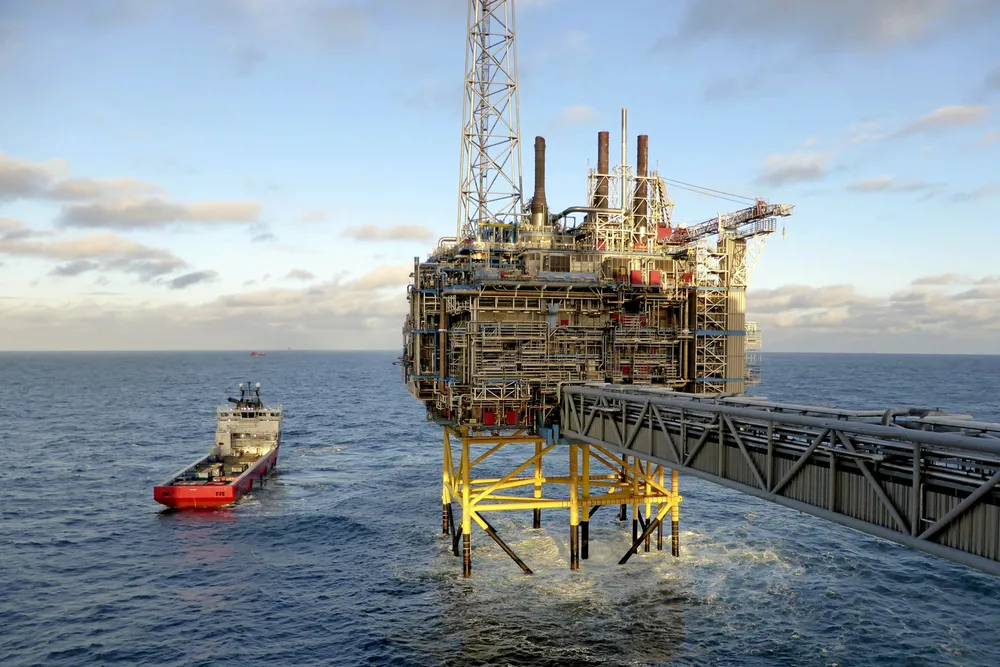Seismic companies eye a future in CCS
Geophysical expertise will be crucial, but questions remain about government and industry commitment to the technology

Geophysical expertise will be crucial, but questions remain about government and industry commitment to the technology
